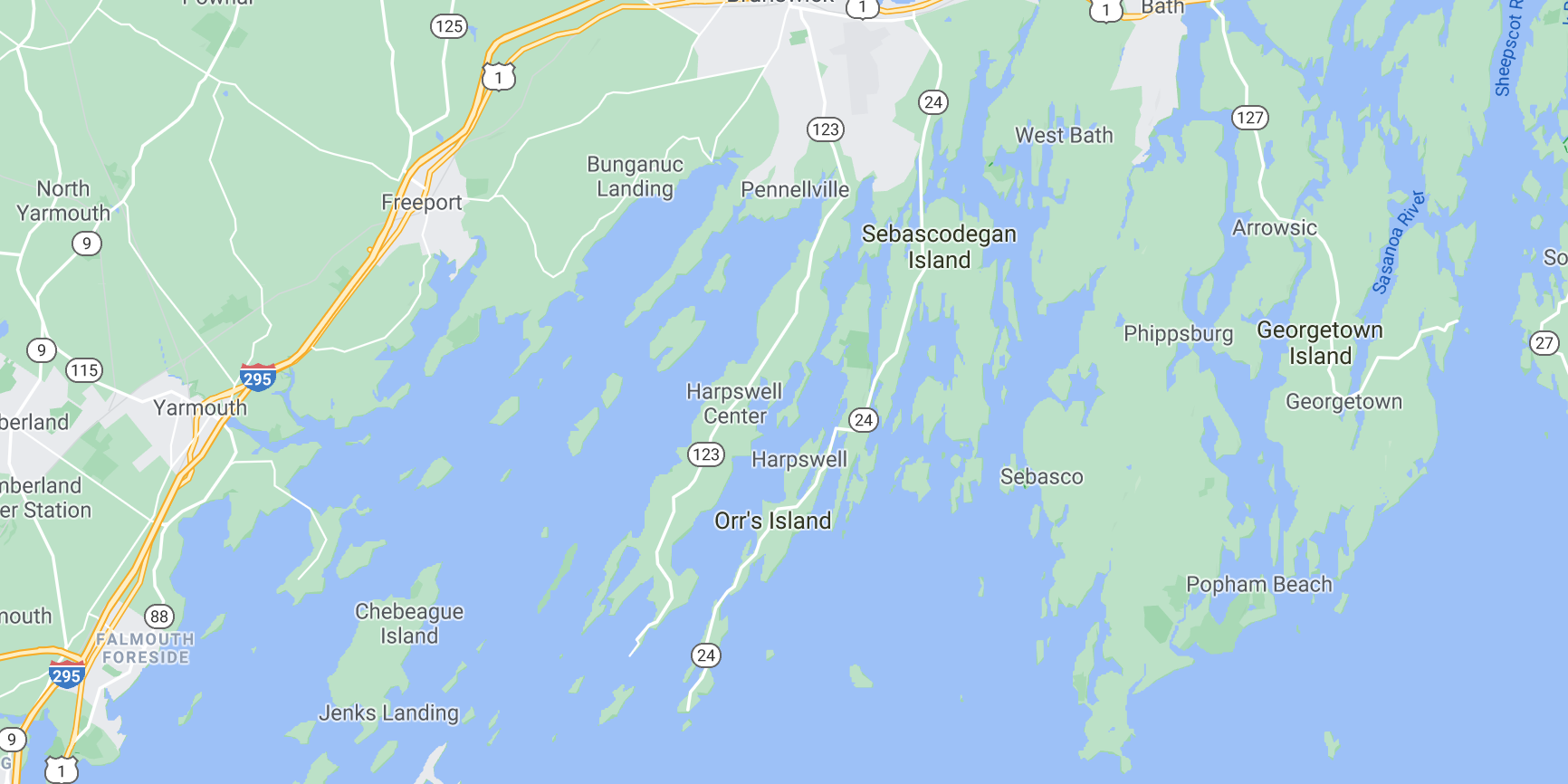
Location, location, location.
The iconic phrase that highlights the importance of geography in real estate can be applied to a website as well. A well thought-out site mimics a walkable neighborhood; it’s easy to navigate and invites the user to explore in a natural way. Like a striking property with strong curb appeal, the website’s Home page offers a impactful visual. Snippets of introductory content tease to key interior pages, mirroring a real estate listing with photographs of alluring interior spaces.
While being guided by a realtor, an interested home buyer may wander into other rooms. Similarly, intrigued website visitors will peruse various website pages, often returning to the top navigation or the website footer links to reorient their exploration. As part of the template that appears on all pages, the website footer gets a lot of visibility. So it’s very important to finesse it and maximize its value.
Staging your website footer
Organize your website footer by grouping information into sections under broad headings. While utilizing text links exclusively allows more items to fit within limited space, mixing in some visual links provides a more appealing user experience. Display widgets can help you manage the footer layout.
Like prepping a home that’s being listed for sale, minimize clutter on the website footer. Be selective about what’s included … consider which items distinguish your business most effectively and are most highly valued by prospective customers.
8 website footer ideas to consider
1. Spotlight key pages
Within a heading like Quick Links, include links to frequently viewed content, such as popular services, About, online bill pay and your Contact form. For websites with a substantial number of pages, guide users by featuring top-level category pages on your website footer.
2. Make it easy to connect with you
Provide visual and text links to contact information — phone number, email address and active social profiles, within a heading like Connect. Some visitors want to call or email you directly; don’t require them to complete a contact form that hides your direct email address.
3. Put yourself out there
Create an inviting user experience for visitors. Consider embedding a feed for a social platform where you’re active; show your activity and invite a connection. Utilize a calendar app to enable prospects to schedule an appointment with you. And/or provide a scrolling list of upcoming events you’re hosting or attending.
4. Feature your knowledge (and kudos)
Furnish links to featured media mentions, published articles or blog posts, and a press kit, if you have one. If you’re just starting out, offer industry-related news links to demonstrate your immersion in your niche.
5. Provide access to industry-specific assets
Within an aptly-named heading, offer direct links to useful industry information. For example, a health-focused website might provide links to patient intake forms and insurance codes. Visitors to a marina website would value links to current weather, radar, buoy and tide information.
6. Open up to generate leads
Some prospects interested in your business want to explore further prior to reaching out directly. Offer visitors a deeper glimpse into your business with links to read an excerpt of your book, subscribe to your email newsletter or blog, view past projects or schedule an introductory call. Group these links within a Learn more or similar heading.
7. Give to get: Offer resources
Develop useful assets such as FAQs how-to guides, eBooks and instructional videos. Within a Resources heading, share access via linked download forms. These forms allow you to collect contact information from prospects in exchange for the intellectual property that you’ve developed.
8. Prove your credibility
Demonstrate the depth of your industry involvement with credibility symbols including affiliations, awards and accreditations. Validate and highlight your expertise with links to reviews, testimonials, published papers or patents.
Wondering where to place links to compliance-related items such as privacy policy, terms of use, GDPR and accessibility? These links are typically placed in their own (minimalist) footer section, along with the website copyright date.


